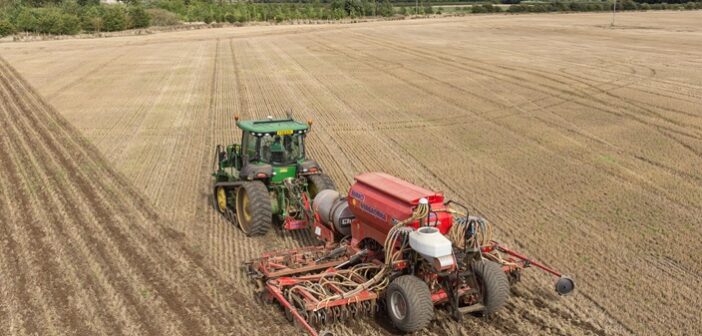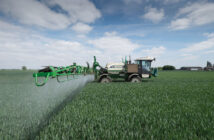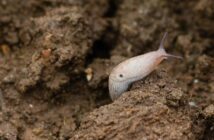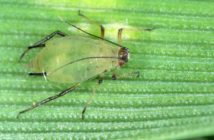Providing conditions are suitable, there is still time to get oilseed rape away, says Limagrain Field Seeds senior trials officer, Ryan Kemp.
“In our trials on the Lincolnshire Wolds, we’ve drilled oilseed rape right up to the first week in October in some years, and still produced decent crops. The UK generally doesn’t really see extremely cold winters anymore, so, providing there is still sufficient warmth and moisture in the soil, and you can get crops to the 6 to 9 true leaf stage before winter, they should survive pretty well.”
Indeed, later drilling can be advantageous in helping to miss early cabbage stem flea beetle activity, potentially reducing the classic ‘shot-holing’ damage caused by adults, and also reducing larvae pressure in spring. Smaller plants also tend to be at lower risk from foliar diseases, such as light leaf spot, compared with earlier-sown, dense canopies, he notes.
Rapid establishment is key
Strong, fast establishment is central to the success of any oilseed rape crop though, particularly when sowing later in the season, and Ryan identifies five important steps to help achieve this:
- Select varieties with good autumn vigour and that are well suited for later drilling
- Wait for moisture, crucially 10 days after drilling, is vital for rapid oilseed rape germination and establishment
- Maximising seed-to-soil contact and conserving moisture with adequate seedbed consolidation, is key. Remove any compaction prior to drilling, to avoid compromising root growth, but only do what is necessary to help conserve moisture and protect natural soil structure. Strip tillage systems that only disturb a narrow band of soil can work very well for oilseed rape
- Placing phosphate and a small amount of nitrogen fertiliser with seed at drilling is a very effective way of stimulating strong root development and crop establishment. Liquid and microgranular products are available, so discuss the best options with your agronomist or advisor
- Pre-emergence herbicides should be applied as soon as possible after drilling to minimise early weed competition.
“Growing any crop, oilseed rape in particular, can sometimes be like a roll of the dice, so you have to be prepared to invest a bit of time and money to make it work,” says Ryan.
“If you do, oilseed rape is still very profitable in the right situations. We’ve had up to 6 t/ha in some of our trial plots lat season, which is fantastic, and at those sort of yields, oilseed rape makes a really valuable addition to the rotation.”
Crop of the year for Staffs farmer
Staffordshire farmer, Rob Atkin, says oilseed rape has been the “crop of the year” on the 380 ha mixed family farm.
His 14 ha of LG Armada yielded around 5 t/ha (2 t/acre), well above the farm average of nearer 4.2 t/ha (1.7 t/acre), and with relatively high oil content. “For us, it was one of the best years for growing oilseed rape for a long time.”
The two fields both followed winter barley, one drilled on 5th August, the other on the 25th. “The later-sown field did struggle a bit with pigeon damage last autumn, but other than that, there wasn’t a lot to choose between them. They established quickly and looked well all through winter, and into spring/summer,” he notes.
Rob has increased his oilseed rape area to 60 ha for 2025/26, split 50:50 between LG Armada and the cabbage stem flea beetle-resilient variety, LG Avenger. “Although CSFB pressure was very low last year, and we haven’t seen much activity so far this year, it can be an issue here, so it’s another tool to help us reduce risk.”




